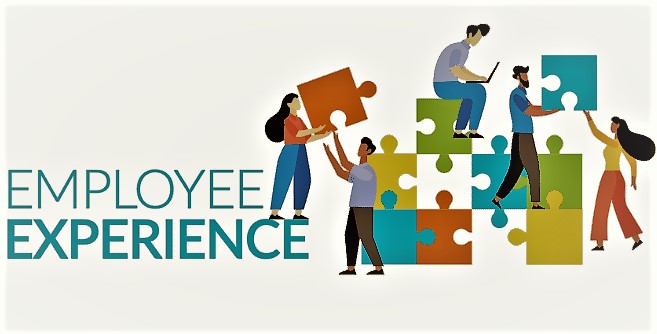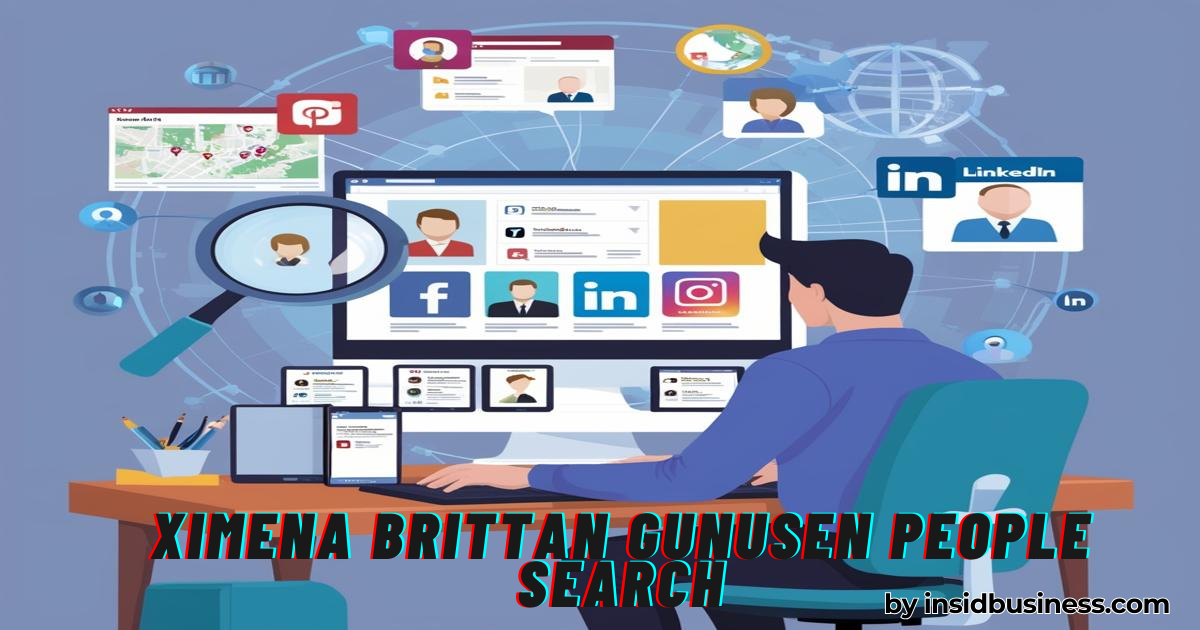Table of Contents:
- Key Takeaways
- Understanding Employee Experience
- Assessing the Current State of Employee Engagement
- Building a Positive Workplace Culture
- Role of Leadership in Employee Experience
- The Digital Transformation of the Workplace
- Designing Workspaces that Work
- Employee Well-being and Mental Health
- Personal Development and Career Growth
- Recognition and Reward Systems
- Continuous Improvement and the Feedback Loop
Key Takeaways:
- Recognition of the comprehensive scope of employee experience and its business impact.
- Evaluation of measurement tools and strategies for refining employee engagement.
- Exploration of digital innovation in promoting a positive work environment.
- Insight into the relationship between personal development and workplace satisfaction.
The journey towards creating an outstanding employee experience is monumental in shaping not only the culture of a company but also its bottom line. With the understanding that satisfied employees lead to satisfied customers, organizations are turning to innovative strategies to boost workplace morale and productivity. This article aims to shed light on the components of employee experience and explore actionable steps to enhance it.
Understanding Employee Experience
The concept of employee experience is holistic and complex, much like the human beings it concerns. It’s a journey through an employee’s career that encompasses the work itself, the company culture, the workspace environment, and the technology aids that ease tasks. A strong employee experience promotes engagement, and engaged employees are proven to deliver better results, showcase higher loyalty, and contribute to a more positive work atmosphere.
Assessing the Current State of Employee Engagement
Employee engagement is the emotional commitment toward the company and its goals. This commitment translates directly into discretionary effort put forth. However, to improve it, one must assess it accurately first. Surveys tailored to discover genuine opinions, robust interviews, and profoundly analytical focus groups are tools to get an authentic read on the level of engagement. Nonetheless, employers must be cautious not to fall victim to common mistakes like survey fatigue or the potential disconnect between the feedback received and actions taken. Genuine progress in employee engagement hinges on the practical analysis of this feedback and subsequent implementation of thoughtful changes.
Building a Positive Workplace Culture
A positive workplace culture is rooted in trust, respect, and inclusion. It’s a culture where diversity is celebrated, open communication is the norm, and employees feel their voice matters. This environment increases employee engagement, as people feel a shared purpose and contribution. To foster such a culture, clear values need to be in place—ones that match the behaviors and practices of the organization. Moreover, consistent efforts to recognize and reward adherence to these values by staff further fuel a climate of positivity.
Role of Leadership in Employee Experience
Leadership and management play critical roles in framing employee experience. Effective leadership goes beyond mere management of tasks; it involves inspiring teams, creating a vision, and understanding the aspirations and needs of individual team members. Leaders skilled in emotional intelligence, communication, and recognition are well-positioned to build a highly engaged workforce. They are the ones who can bridge organizational goals with employee welfare, ensuring a winning formula for successful team dynamics.
The Digital Transformation of the Workplace
As we delve deeper into the 21st century, digital innovation affects every area of our lives, including the workplace. Businesses are tasked with integrating technology for operational benefits and enhancing employee experience through collaborative tools and platforms that simplify tasks. Access to information, ease of communication, and seamless operations are digital façades that can elevate the employee experience.
Designing Workspaces that Work
It’s widely acknowledged that our environment influences our mood, productivity, and general contentment. The same holds for workspaces. Aesthetic comfort, functionality, natural light, and ergonomics can constructively impact an employee’s day-to-day experience. Modern office design thinks beyond just desks and chairs; it encompasses diverse spaces that encourage movement, collaboration, and quiet reflection, all of which have a marked effect on employee satisfaction and effectiveness.
Employee Well-being and Mental Health
Companies are becoming increasingly aware of the importance of their employees’ overall well-being. This attention is not just a moral imperative but a business strategy that has been shown to reduce turnover rates, decrease absenteeism, and improve performance. Comprehensive wellness programs that offer tools for physical health, stress management, and mental health provide support and acknowledge that employee health is a priority, thereby improving their experience and engagement with the workplace.
Personal Development and Career Growth
An essential element of a positive employee experience is the opportunity for growth and advancement. Employees today are not just looking for a job; they are looking for ways to grow their skills, expand their knowledge, and progress their careers. Employers that provide opportunities for development through training programs, mentorship, and clear career paths can attract and retain top talent. Moreover, providing these opportunities demonstrates a company’s investment in its people, which can significantly enhance employee satisfaction and loyalty.
Recognition and Reward Systems
Recognition is a powerful motivator, and when executed correctly, it can play a significant role in an individual’s workplace experience. Effective recognition systems are thoroughly integrated into the company’s values and culture and are consistent, fair, and transparent. These qualities ensure that recognition is meaningful and rewarding for employees, boosting their motivation and reinforcing their commitment to the organization’s goals. From peer-to-peer recognition to formal awards, the thoughtful acknowledgment of effort and success can strengthen an organization’s fabric.
Continuous Improvement and the Feedback Loop
Lastly, a culture that prioritizes continuous improvement values feedback at its core. Seeking feedback regularly from all organizational levels, analyzing it critically, and acting upon it promptly can create a dynamic work environment where employees feel heard and validated. Establishing a regular feedback loop indicates to employees that the business is committed to evolution and values their contributions to that journey, creating an atmosphere of trust and collaboration.

















Leave a comment